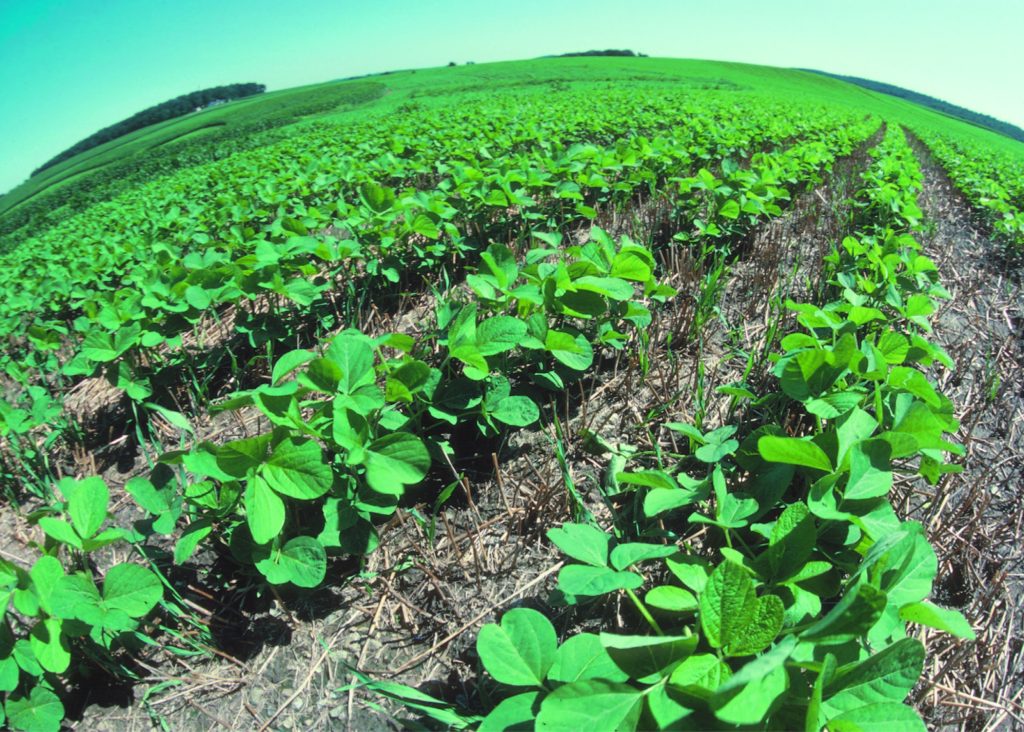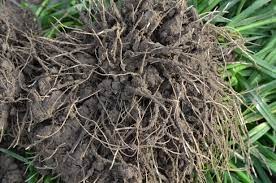Thank you very much man - delay due to wedding and health, and yes I had to go lookup the 6 principles of soil health  . I think I'm gonna try to apply Gypsum to help the Ca as you mentioned - I didn't get too into the AI part. I'm mostly interested in applying to both field and pond where I need to raise the alkalinity (5# /surface acre increases ppm by 1 in water) - it appears to support a neutralizing factor of the acid lower than the first inch or so I get with harrowing in the spread lime. My soil is so hot, 4.7 to 5.5 pH to start with I'm sure by visual and testing that I'm only getting reaction within the 1"-2" spreading lime either Ag or Pelletized. Soil tests will validate my experiment and I'll be back with where it started and afterwards.
. I think I'm gonna try to apply Gypsum to help the Ca as you mentioned - I didn't get too into the AI part. I'm mostly interested in applying to both field and pond where I need to raise the alkalinity (5# /surface acre increases ppm by 1 in water) - it appears to support a neutralizing factor of the acid lower than the first inch or so I get with harrowing in the spread lime. My soil is so hot, 4.7 to 5.5 pH to start with I'm sure by visual and testing that I'm only getting reaction within the 1"-2" spreading lime either Ag or Pelletized. Soil tests will validate my experiment and I'll be back with where it started and afterwards.
I added the 6 principles that I found and seemed to match your guidance.
--------------------------------------------------------------------------------------------------
Principle 1: Context

The first and perhaps the most important aspect of soil health is knowing what type of natural conditions your soil is supposed to be in. This doesn’t mean what the soil looked like when you were growing up on your farm 40-50 years ago. The question you want to ask yourself is what would this soil look like in a natural state with minimal human contact? In many cases, you will have to understand the ecology of the area before humans permanently settled it or used it in a way to harvest a particular resource. What plants, animals, and natural events happened on your soil? The Midwest and North Dakota was once a large grassland with a herd of around 75 million buffalo migrating the northern plains with large populations of elk, deer, and prong horned antelope following the herd in a very similar way we see the wildebeests, zebra, antelope, and gazelles roaming the African savannah. Tall grass kept the soil from blowing, and upland birds lived in the grass and wetlands in the hundreds of millions. Thunderstorms, tornados, and brush fires were common on the prairie and long cold winters were common with deep snow.
Knowing your context is important because it allows you to set realistic goals for your garden, your cattle operation, or your fields. Knowing how much water you need or can survive on and planting the right crops that can grow in your environment makes sure that you have a better chance at a successful harvest and doesn’t have you scrambling to find water for your livestock because you put too many on your land.
Principle 2: Minimize Soil Disturbance
Soil works best when digging or tilling your soil as little as possible. North Dakota loses around 5-7 tons of topsoil per acre per year. One ton of soil on an acre is only as thick as a piece of paper. It’s not easy to see immediately. Microbes and other living things need the soil to stay intact as much as possible because they live in the pore space between the clay and organic matter that the soil is made of. Water and air trapped in the soil goes away when soil is tilled. Keeping your soil intact will decrease the amount of erosion or leaching that happens to your soil each year.

Principle 3: Living Root
At the same time, it is important that you have a living root in your soil whenever possible. The Living root creates the space where bacteria, insects, and fungus that make up your organic matter in the soil live. Roots also connect the soil with small fibers that keep it firmly locked in place. Roots can keep a crust from forming on the soil and are essential for absorbing water when it rains. With a well-developed root system, your soil will stay firm to walk on and more resistant to seasonal flooding.

Keeping a living root in the soil is a difficult task when your operation requires harvesting a crop but there are some methods to overcome this. First, determine how your land will be used and what crops you’ll be planning on growing. Cover crops should be planted as annuals if you are doing a traditional harvest during the fall in North Dakota it would be best to use a cover crop that is an annual plant rather than a perennial. If you are grazing your land or putting a cover in an area with some trees, you might want to consider a perennial plant that will come back every year.
Principle 4: Soil Armor
Cover crops are important because they make sure that soil isn’t disturbed and the living roots provide nutrients for the ecosystems they contain, but they have a third function. Cover crops ensure that soil is shaded from the sun and keeps the soil cool. On a hot day concrete can easily get to 140 degrees Fahrenheit and soil is no different. Cover, even if it is dead organic matter, is better than no cover for keeping your soil healthy. When plants make a canopy covering the soil effectively this soil armor can make the area much cooler than a barren landscape. The day and night-time temperatures stay much more stable and produce more consistent rainfall than areas that do not have significant cover. If you have livestock, they will also tend to be more comfortable, even in the heat of midday.
Principle 5: Diversity
Nature does not like it when there is only one plant grown in one area. This is known as a monoculture and it is a staple of commercial farming. Weeds are nature’s attempt to repair soil that has been planted with one crop or soil left bare. In North Dakota, for example, there are over 250 species of native grass and flora that grew in the soil. Amazingly, most of these plants are still here. Underneath our feet is an enormous seed bank of native seeds that are waiting to be regrown. If you have ever seen a cottonwood tree growing by itself in the middle of the prairie, that is an example of a plant from the seed bank growing.
Plants and insects in nature do not overtake each other because each plant and animal has a role to play in the ecosystem. When you have nothing but elm trees planted, it makes it easy for dutch elm disease to spread because there are many potential plants to infect. Pest insects can eat crops in large numbers because there is plentiful food available and no predator insects around to keep them in check.
Cover crops are a great solution to this problem but when you plant cover crops they too need to be many diverse species to work properly. If planting row crops, a mix of several cover seeds are recommended for maximum effectiveness. Nature needs as many different plants growing as possible.
Principle 6: Animal Disturbance
Most of these principles of soil health alone will improve your soil drastically and do well to conserve it. But if you want to truly regenerate soil, Animal Agitation is the keystone of regenerative agriculture. Animal agitation and waste give plants nutrients and new places to grow. In every context, there is some form of herd animal that can agitate the soil. Agitated soil can bring water to plants or allow roots to grow more easily. Nutrients that plants and Fungi make get cycled through the animal and through its waste get put into new areas. This in turn gives seed in the seed bank a chance to grow.






